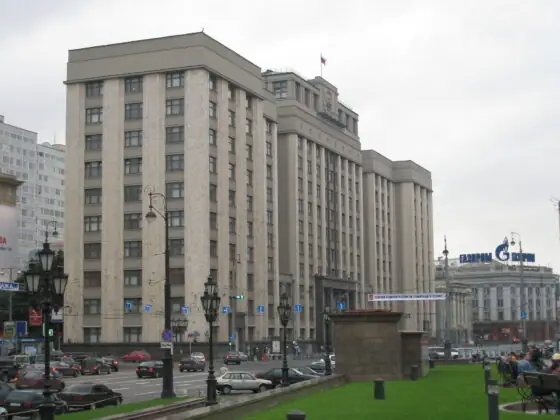In 1993, 1995, and 1999, analysts and politicians in both Russia and the United States made bold predictions about the outcomes of each national parliamentary election. Their predictions, based largely on the analyses of party organizations, were consistently off the mark, both in terms of outcomes and the impact of those outcomes on the political process. Volatility in both the parties that actually made it onto the ballot and in voters’ responses to those choices made it very hard to impute future outcomes from past competitions. Moreover, the role of charismatic appeals and personal vote connections make it extremely different to extrapolate outcomes from one level of elections (for example, regional elections) to another (national parliamentary elections).
Predicting electoral outcomes in Russia and in other transitional states without stable party structures demands a better model of electoral behavior, given political uncertainty—a model based on individual candidate strategies. Applied to Russia, such a model might provide a better understanding of the processes that produce each set of electoral surprises and the factors that underpin the president’s recent success in pushing his legislative program through Parliament. […]
Memo #:
258
Series:
1
PDF:
PDF URL:
http://www.gwu.edu/~ieresgwu/assets/docs/ponars/pm_0258.pdf








